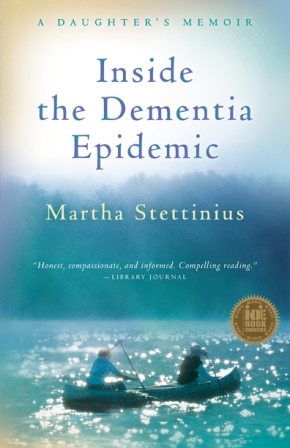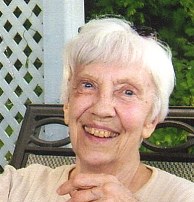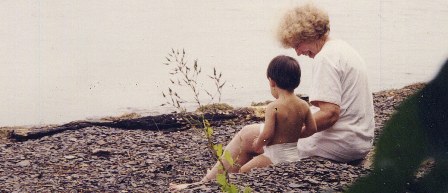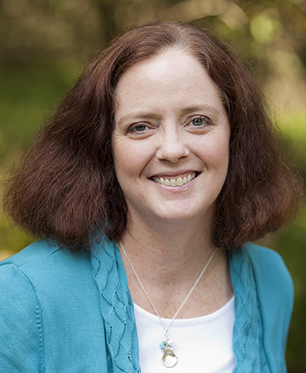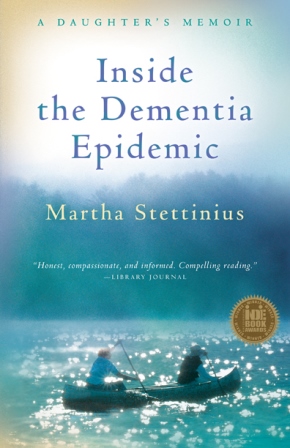Elder Caregiving for Years and Years is Fairly New: Why Social Security Benefits Need to Catch Up
 Wednesday, August 20, 2014 at 10:20AM
Wednesday, August 20, 2014 at 10:20AM 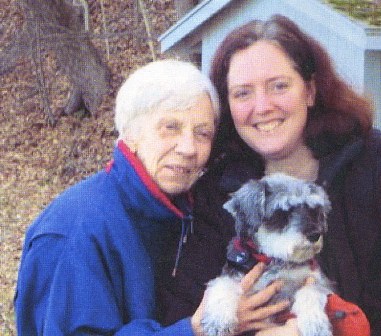 My mother, Judy, and me shortly after she moved from my home into assisted living. If I had left my job to care for her at home, I would have wanted to be able to receive a Social Security credit for a percentage of the wages I would have lost. As many of us live longer, family caregiving for an elder parent or spouse with frailty, dementia or other chronic health problems can last for five to ten years or more. Has “long-term” care always lasted so long? Not even close.
My mother, Judy, and me shortly after she moved from my home into assisted living. If I had left my job to care for her at home, I would have wanted to be able to receive a Social Security credit for a percentage of the wages I would have lost. As many of us live longer, family caregiving for an elder parent or spouse with frailty, dementia or other chronic health problems can last for five to ten years or more. Has “long-term” care always lasted so long? Not even close.
Life expectancies, living arrangements and elder care have changed radically in the last century. It’s time for our safety nets such as Social Security to catch up.
If we look back to the early twentieth century, it’s clear that the extent of our caregiver stress is fairly recent. If you feel exhausted, it’s partly because the responsibilities of elder care were never meant to go on for years and years—and were never meant to be a job for one person with little help.
What does this mean for family caregivers today? How can our social policies better support caregivers?
In my post this week for caregivers.com, I look at elder caregiving 100 years ago compared to today, and share information about a new bill in the House of Representatives, the Social Security Caregiver Credit Act, that would go a long way to updating our social policies to reflect the realities of elder caregiving in the 21st century.
At the end of the article I share an easy way to tell your representative that you want family caregivers to receive Social Security credit for leaving their employment to care for a dependent relative.
Read more here.





